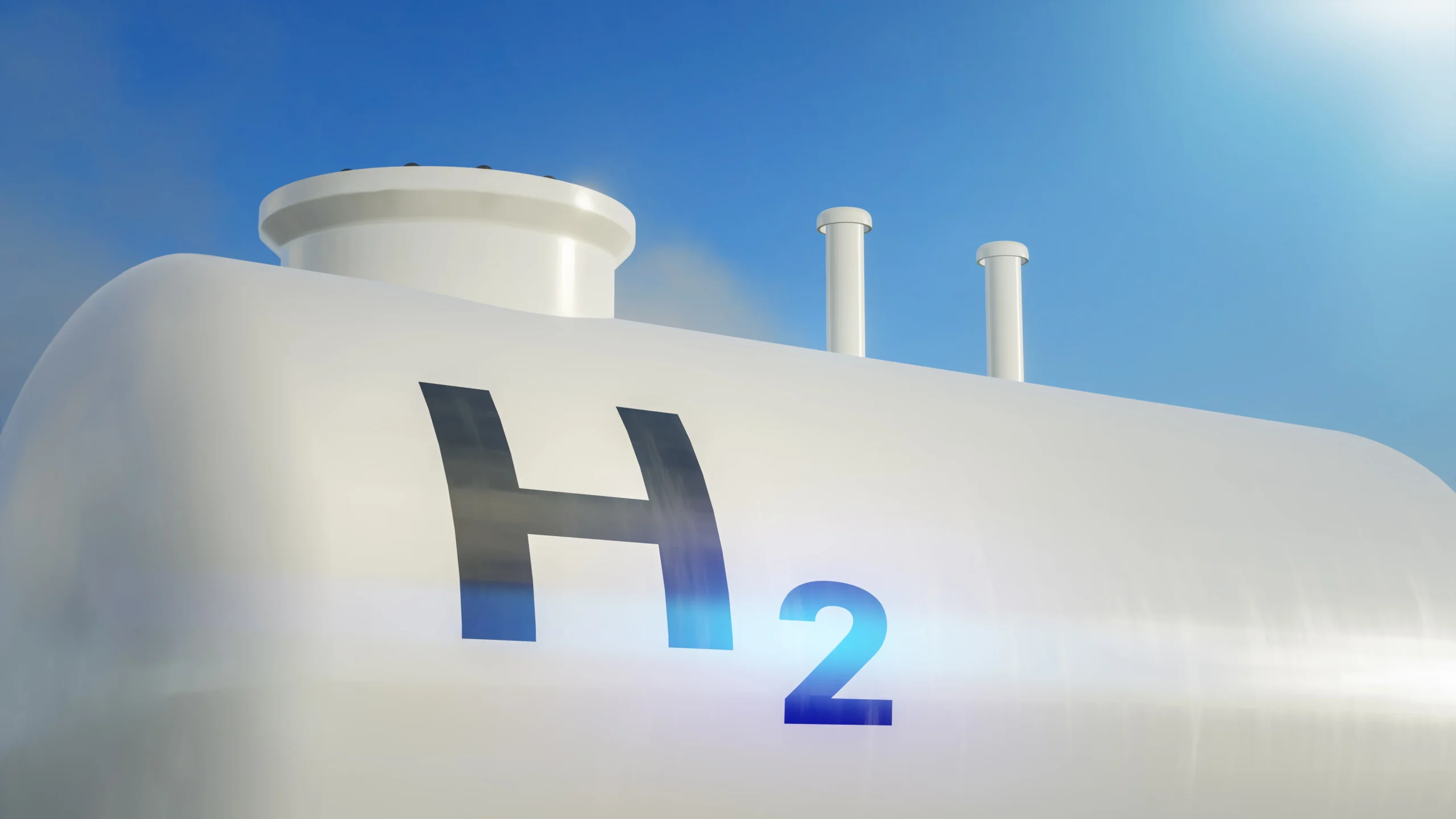The Green Hydrogen Race
Could It Be the Fuel of the Future?
By Paul Smith

In a world facing escalating climate challenges, the race to find clean, reliable, and scalable energy sources has never been more urgent. Among the contenders, green hydrogen, hydrogen produced by splitting water using renewable electricity, is emerging as one of the most promising alternatives to fossil fuels. Advocates imagine a future where this clean fuel powers heavy industries, fuels ships and aircraft, heats homes, and balances the intermittency of renewable energy like wind and solar. Yet the big questions remain: Is green hydrogen economically feasible at scale? Can the infrastructure required for it be built in time? And, perhaps most importantly, could it truly become the fuel that reshapes the global energy system?
Hydrogen is the simplest element in the universe, lightweight, reactive, and abundant in compounds like water. On its own it is not an energy source, but rather an energy carrier that must be produced. The way it is produced determines its environmental impact. Grey hydrogen, made using fossil fuels, accounts for about 95 percent of global hydrogen production today, but it comes with heavy carbon emissions.
Blue hydrogen attempts to mitigate this by adding carbon capture and storage, yet it still depends on fossil fuels. Green hydrogen, however, is generated through electrolysis powered entirely by renewable electricity. The only by-product is oxygen, making it virtually zero carbon at the point of production. When used in a fuel cell or burned, the only emission is water.
What makes green hydrogen especially appealing is its versatility. It can store renewable energy for long durations, something batteries struggle to achieve on a national scale. It can power hard-to-electrify industries such as steelmaking, ammonia, and petrochemicals, sectors responsible for nearly a third of global carbon emissions.
It can also provide solutions for long distance transport like shipping and aviation, where the limits of battery energy density become a barrier. Some even envision it being blended into existing gas grids or used in heating, though that comes with technical and safety challenges.
The race to develop green hydrogen is largely driven by the urgent need to meet climate goals. More than 70 countries, including the UK, have now pledged net zero emissions by mid-century. In Britain, the government has announced ambitions to produce five gigawatts of low carbon hydrogen by 2030, and is looking to double that in the coming years. The UK’s vast offshore wind capacity provides a natural advantage in producing green hydrogen at scale, potentially positioning the country as a leader in the global market.


According to the International Energy Agency, global hydrogen demand could increase six-fold by 2050 if nations stay on track for net zero, representing a market worth trillions of dollars. Yet, as British scientists remind us, ambition must be met with innovation. Professor Nilay Shah of Imperial College London, Head of Chemical Engineering, points out, “We see hydrogen playing an important role in getting to Net Zero, but there are urgent innovation issues to address.”
He notes that while it is encouraging to see an increase in hydrogen capacity targets, building the supply chains to deliver this will be a major challenge. Shah also highlights uncertainty in how hydrogen fits into domestic heating, warning that the most affordable means of decarbonising heat is still unclear. From an economic standpoint, Professor Cameron Hepburn of Oxford University emphasizes that technological progress is accelerating. “Smarter, cleaner tech is getting better and cheaper all the time,” he says, predicting that the economics will eventually make fossil fuel cars obsolete. But he also underscores the urgency of the moment: “We have delayed for long enough, so that we have no choice but to explore ways to get greenhouse gases out of the atmosphere which also help us achieve other social and environmental goals.”

Despite its promise, green hydrogen faces formidable barriers. Producing it is still significantly more expensive than fossil-based hydrogen, largely because of the high costs of electrolysers and renewable electricity. Infrastructure is another hurdle, as entire networks of pipelines, storage facilities, and refuelling stations would need to be built in parallel. Efficiency losses along the hydrogen value chain, from electrolysis to compression and reconversion, mean that a large share of the original renewable energy is lost, raising questions about cost effectiveness. Safety and regulation remain concerns, as hydrogen is highly flammable, and public perception is still mixed. Finally, scaling up electrolysers at a global level may strain supply chains for rare materials, creating new geopolitical dependencies.
Even so, progress is underway. In Europe, Germany has pledged €9 billion for green hydrogen development, aiming to become a global supplier. In Asia, Japan and South Korea are leading the deployment of hydrogen in transport, with hydrogen-powered buses, trains, and even ships already in operation. The Middle East, particularly Saudi Arabia, is investing in mega-projects that could export hydrogen or its derivatives like ammonia to global markets. In the UK, pilot projects are testing hydrogen for heating homes, powering industrial clusters, and even blending into existing gas networks. Reports from the Royal Society and the Royal Academy of Engineering have stressed the need for clear roadmaps, coordinated infrastructure, and investment in skills to ensure the industry scales effectively.
The likely future of green hydrogen will not be one of universal dominance, but rather targeted impact. It will almost certainly play a pivotal role in decarbonising heavy industry, international shipping, and aviation, where electrification is less practical. It could also serve as a seasonal storage solution, storing summer solar power for winter demand. However, it is less likely to become the everyday heating fuel for urban homes or replace batteries for passenger cars, where other technologies are already proving more efficient.
The path forward requires clear government policy, heavy investment, rapid cost reductions, and public engagement. History shows what is possible. Just two decades ago, solar panels and offshore wind were prohibitively expensive. Today, they are among the cheapest sources of electricity in the world, thanks to innovation and scale. If hydrogen follows the same trajectory, its cost curve could bend downward sharply, making it competitive within a decade.
Green hydrogen is not a silver bullet, but it is a powerful piece of the puzzle. Its future will be determined by choices made in this critical decade. If policies are bold, if investments flow, if innovation drives down costs, and if societies embrace it, then green hydrogen could stand as one of the cornerstones of a cleaner, more resilient global energy system. As Professor Nilay Shah puts it, “We see hydrogen playing an important role in getting to Net Zero, but there are urgent innovation issues to address.”
In other words, the race is on, and the clock is ticking. Whether green hydrogen becomes the fuel of the future depends not just on science and technology, but on the collective will of nations, industries, and people to reimagine how the world is powered.
